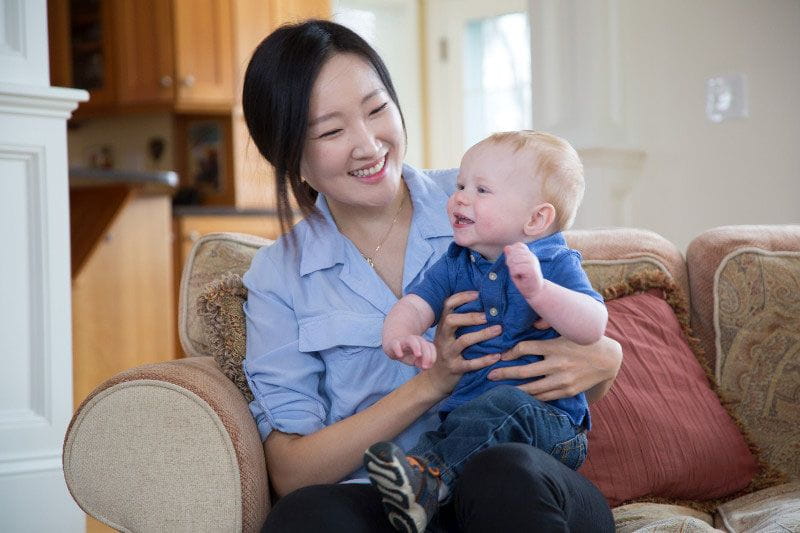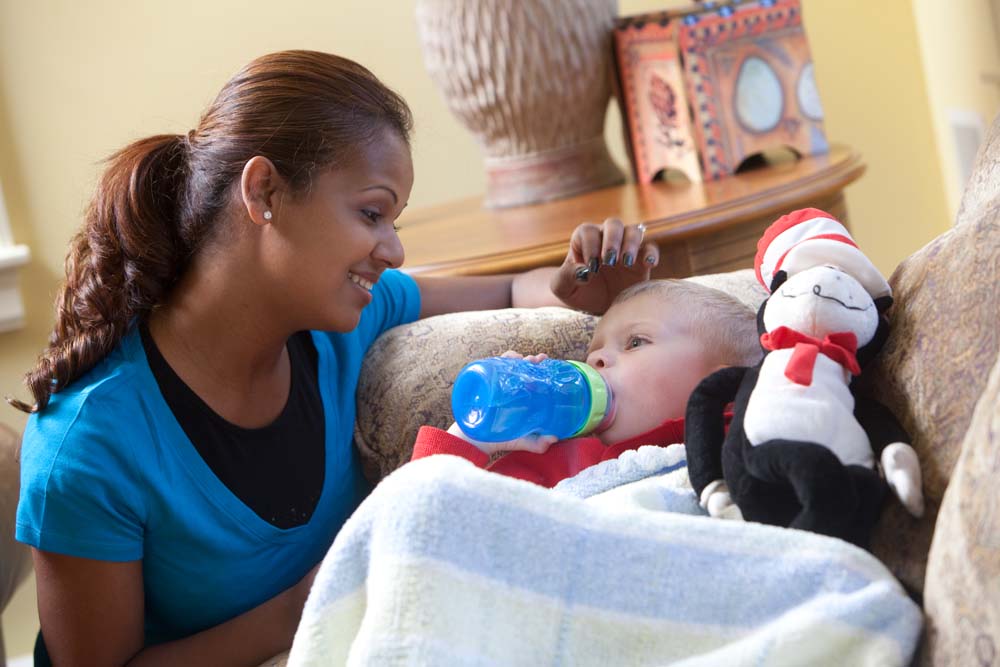In today's multi-generational workforce, one-size-fits-all employee benefits are no longer effective strategies. Employees today need customized benefits packages that meet their own specific needs, challenges and life stages. Rolling out benefits programs based solely on personal experience risks missing entire groups of employees who don't happen to share challenges with those making the decisions.
"Everyone has their things they're trying to deal with while being at work," Sharon Votaw, VP of global compensation, benefits, and HRIS at imaging and print-services technology provider Lexmark, told us at our Solutions at Work LIVE conference earlier this year. "So what we want to do is try to provide a wide variety of benefits that can cater to those differing needs."


About the Author
Bright Horizons
Bright Horizons
In 1986, our founders saw that child care was an enormous obstacle for working parents. On-site centers became one way we responded to help employees – and organizations -- work better.
Today we offer child care, elder care, and help for education and careers -- tools used by more than 1,000 of the world’s top employers and that power many of the world's best brands

Subscribe to the On the Horizon Newsletter
Recommended for you
We have a library of resources for you about all kinds of topics like this!



